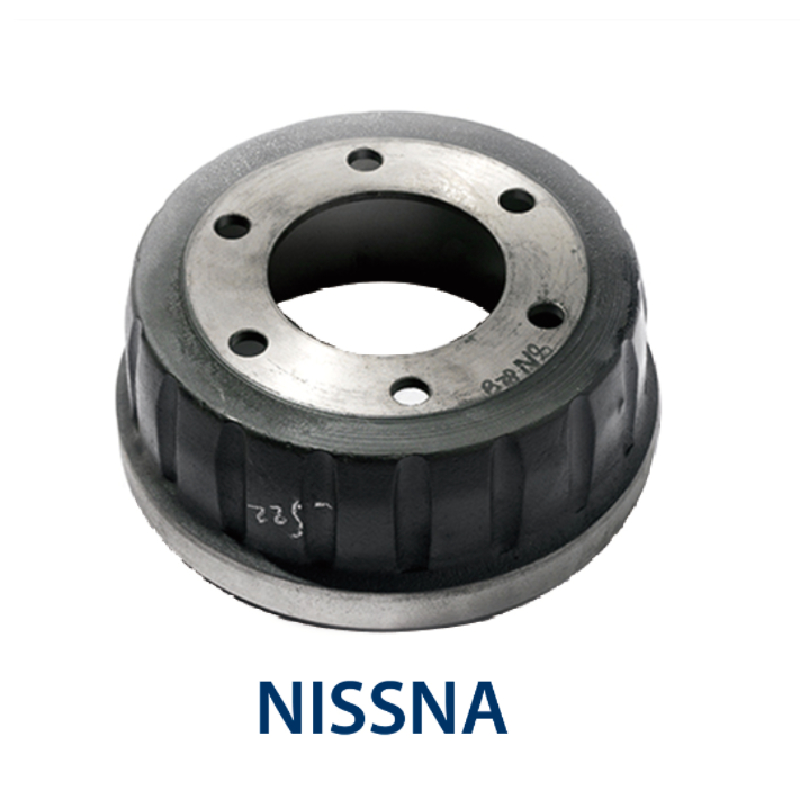Dec . 30, 2024 10:43 Back to list
should brake drums get hot
Should Brake Drums Get Hot? Understanding the Heat Generation in Vehicle Braking Systems
When it comes to vehicle maintenance and performance, the braking system plays a crucial role in ensuring safety and efficiency. One common concern among vehicle owners and mechanics alike is the heat generation associated with brake drums. But should brake drums actually get hot? The answer is multifaceted and requires a closer examination of how the braking system operates.
Brake drums, typically found in older vehicles or certain types of trucks, are part of a drum brake system that relies on friction to slow down or stop the vehicle. When the brake pedal is pressed, brake shoes expand against the inside of the drum, creating the necessary friction to slow down the wheel. This friction, while effective for deceleration, generates heat—an unavoidable byproduct of the braking process.
As the brake drums heat up during use, several factors come into play. Firstly, the material of the brake drum itself, often cast iron or a composite material, has a high thermal tolerance, designed to withstand considerable heat without compromising structural integrity. However, excessive heat can lead to diminishing performance and even damage. If brake drums become too hot, they can warp, which may result in uneven braking or a phenomenon known as brake fade—where the effectiveness of the brakes significantly decreases until they cool down.
should brake drums get hot

So, what constitutes too hot for brake drums? Under normal operating conditions, brake drums can reach temperatures of 300 to 500 degrees Fahrenheit (150 to 260 degrees Celsius) during heavy braking—particularly downhill driving or stop-and-go traffic. While this is within an acceptable range, sustained high temperatures beyond this threshold can cause significant wear and tear on both the drums and the accompanying brake components.
Several factors contribute to excessive heat generation in brake drums. Overloaded vehicles, frequent high-speed stops, or even poorly adjusted brakes can increase the strain on the braking system, leading to increased friction and heat. Additionally, the choice of brake material also plays a part. Harder brake materials can lead to less effective heat dissipation, causing brakes to heat up more quickly.
If drivers notice that their brake drums are excessively hot, it’s essential to address the situation promptly. Some signs of overheating include a burning smell, unusual noises (like grinding or squeaking), or even a noticeable decrease in braking efficiency. Regular maintenance checks, including inspecting brake pads and drums for wear, can help prevent overheating issues before they escalate.
In conclusion, while it is normal for brake drums to generate heat during operation, managing this heat is crucial for maintaining brake performance and vehicle safety. Vehicle owners should remain vigilant about their braking system, ensuring that they are in good working order. Implementing regular maintenance and being aware of the driving conditions can significantly extend the lifespan of brake drums and improve overall safety on the road. Remember, safe braking is not just about functionality; it’s about understanding the mechanics at play and keeping your vehicle in peak condition.
-
Scania Brake Drums: OEM Quality for Optimal Safety & Durability
NewsAug.16,2025
-
R.V.I: Advanced Remote Visual Inspection for Precision
NewsAug.15,2025
-
Discover HYUNDA: Innovative Vehicles, Equipment & Solutions
NewsAug.14,2025
-
R.V.I: Unlock Advanced Insights & Real-time Performance
NewsAug.13,2025
-
Kamaz Brake Drum: Durable & Reliable for Heavy Duty Trucks
NewsAug.12,2025
-
Heavy Duty Iveco Brake Drum - Premium Quality & Safety
NewsAug.11,2025
